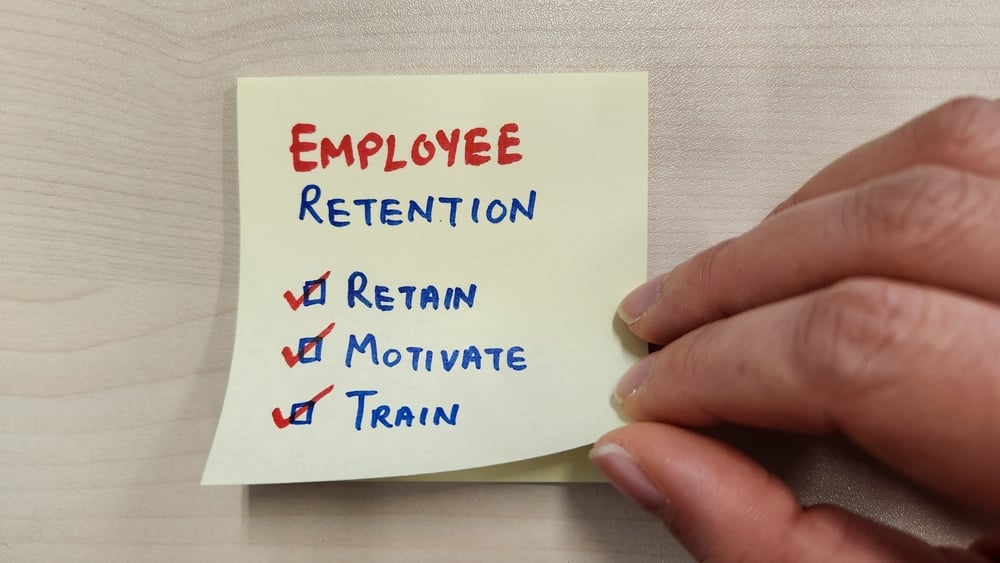Operationalizing People Analytics in Portfolio Companies

Even outside of M&A, numerous studies affirm that companies with healthy, engaged cultures significantly outperform their peers. For instance, Gallup research shows that high employee engagement is associated with 21% higher profitability, and Deloitte found organizations with a strong, positive culture experience roughly 2.5 times higher revenue growth than those without. The message is clear: what was once dismissed as “soft stuff” is now understood as a hard driver of value and one that can and should be measured with the same rigor as financial KPIs.
This article examines how companies are leveraging culture as a predictive business metric. Operating partners and talent leaders are utilizing people analytics to quantify culture and directly tie it to outcomes. We outline frameworks that link cultural health to performance, delve into the analytics stack required to track leading indicators such as sentiment and attrition risk, and examine the critical role operating partners play in intervention planning.
Frameworks for Linking Culture to Performance
Firms are breaking down the culture-performance connection into three measurable dimensions:
- Workforce Health serves as the foundation; tracking headcount growth, hiring velocity, voluntary attrition, and turnover in critical roles. These metrics provide early warning signals: a sudden spike in departures often foreshadows performance issues before they hit the financials.
- Workforce Readiness measures the human engine's capacity through engagement scores, employee Net Promoter Score (eNPS), and real-time sentiment analysis. High engagement consistently predicts adaptability and productivity, while disengagement can be costly to organizations. Gallup estimates that low engagement costs the global economy $8.9 trillion annually.
- Workforce Impact connects people metrics directly to business outcomes, tracking how changes in engagement or retention translate into revenue per employee, EBITDA growth, and customer satisfaction scores.
"In our work with portfolio companies, we've seen culture evolve from a nice-to-have to a must-measure KPI," explains Frank Scarpelli, CEO & President of Sparc Partners. "When we help our clients track engagement scores or attrition risk, a negative trend gets the same urgent attention as a revenue miss—because we know it often predicts one."
Building the Analytics Stack
Operationalizing culture requires an analytics infrastructure that blends multiple data sources into actionable insights:
- Engagement and Pulse Surveys: Regular employee surveys form the foundation, but they're not just retrospective tools. When appropriately designed, engagement surveys can forecast attrition rates and pinpoint performance drivers before problems escalate. The key is connecting engagement dips in specific departments to downstream productivity metrics.
- Sentiment Analysis and Natural Language Processing: Advanced analytics programs apply AI to qualitative feedback from survey comments, internal communications, and external review sites. During a recent post-merger integration, sentiment analysis revealed a rising level of anxiety about job security and frustration with the new workflows. This real-time insight acts as a "smoke detector" for culture problems, enabling leadership to address specific concerns before they trigger an exodus.
- Predictive Attrition Modeling: Machine learning models analyze HRIS data, performance reviews, promotion histories, and external factors to identify potential flight risks before they become reality. Common predictors include stagnant career progression, pay disparities, poor supervisor ratings, and signs of burnout, such as unused vacation time. The Auto Club Group employed this approach to identify critical roles where any vacancy would create an outsized operational impact. By focusing retention efforts on these positions, they significantly reduced turnover and protected business continuity.
- Talent Intelligence Platforms: Modern platforms, such as Findem, integrate data across various sources and apply AI to uncover hidden patterns. In a recent analysis, Findem's AI revealed that surges in internal promotions at Fortune 500 tech companies closely correlated with spikes in attrition—indicating hasty promotion decisions in response to turnover rather than strategic talent development. The result is a real-time culture dashboard showing metrics like: Engagement (78, down 5 points), Sales team sentiment: "cautiously optimistic," Voluntary attrition: 2.1% (vs. 1.5% benchmark), and High-risk roles: Product Manager in the X division.
The Operating Partner's New Playbook
Embedding culture as a KPI fundamentally reshapes how operating partners approach value creation. Human capital experts now orchestrate efforts spanning from due diligence through ongoing portfolio monitoring:
- Pre-Acquisition Culture Assessment: Culture evaluation now runs parallel to financial and market analysis. Operating partners review engagement scores, turnover statistics, Glassdoor ratings, and conduct assessments of the management team before deals close. This culture due diligence helps price risk into valuations and identify post-close intervention needs.
- 100-Day Integration Planning: Immediately post-acquisition, culture metrics inform the value creation roadmap. If sentiment data suggests low confidence in new ownership, the plan includes targeted communication strategies and quick wins to build trust. When engagement surveys reveal weak strategic alignment, leadership workshops and incentive realignments follow. Retention of key talent becomes a quantifiable priority, with analytics guiding targeted interventions like stay bonuses for critical players or policy changes to shore up morale.
- Ongoing Monitoring and Course-Correction: Throughout the hold period, operating partners monitor culture KPIs with the same discipline as financial metrics. Portfolio companies report people metrics alongside financial results in quarterly reviews. When metrics slip, operating partners collaborate with management to diagnose root causes and facilitate targeted responses. This might mean bringing in leadership coaching, reallocating resources, or adjusting compensation structures.
- Proactive Intervention Culture analytics enables prevention rather than firefighting. If data indicates a potential misalignment between a new CEO's style and the existing company culture, operating partners can address it preemptively through executive coaching or adjustments to the leadership team. When an entrepreneurial founder-led culture strains under rapid growth, PE firms can introduce structured HR leadership and talent enablement tools without sacrificing agility.
Putting Culture Analytics Into Practice
“Real breakthroughs happen when culture data becomes as routine as reviewing P&L statements," says Frank Scarpelli. "We've moved beyond asking 'How are people feeling?' to 'What specific cultural shifts will drive our next 20% revenue increase?' When portfolio companies can predict which teams are at risk for talent flight three months before it happens, or identify exactly which engagement factors correlate with their highest-performing teams, that's when culture analytics transforms from a gamified dashboard into a competitive weapon. The companies that master the type of integration where people metrics inform every major business decision are the ones poised to deliver outsized returns.
From Soft Metric to Strategic Asset
The transformation is complete: culture has evolved from a fuzzy afterthought into a strategic asset managed with financial discipline. When measured, monitored, and actively nurtured, culture becomes a lever for value creation rather than a wildcard that threatens returns.
Portfolio companies with high engagement and strong cultures consistently hit growth targets and command premium valuations at exit. Value creation in modern PE runs on two tracks, the financial plan and the human capital plan, and the most successful firms excel at both.

-3.jpg)

